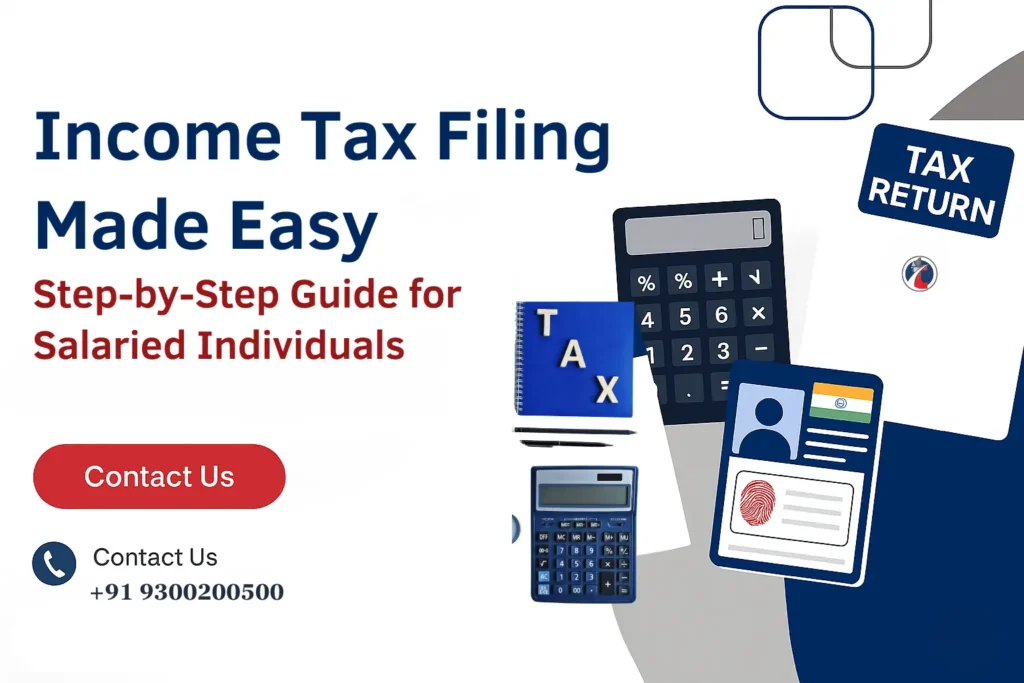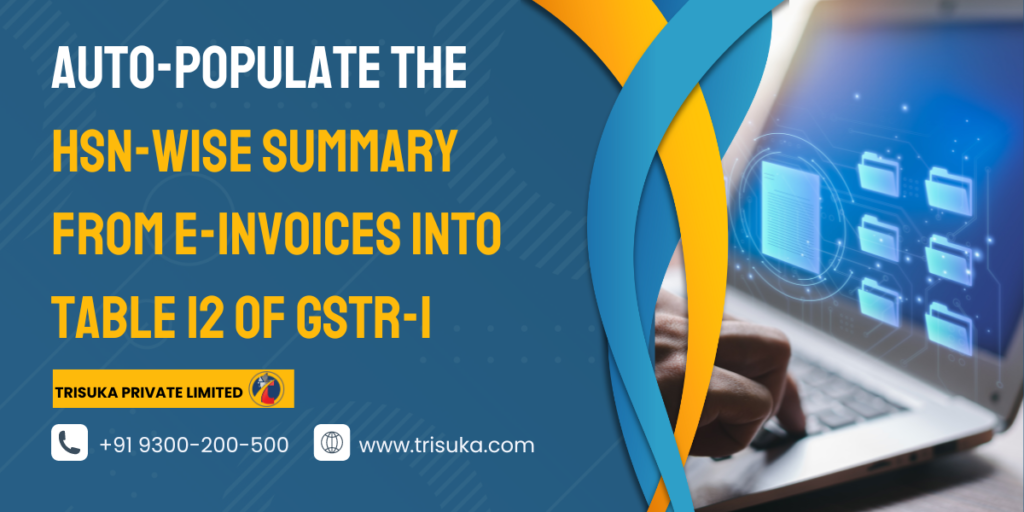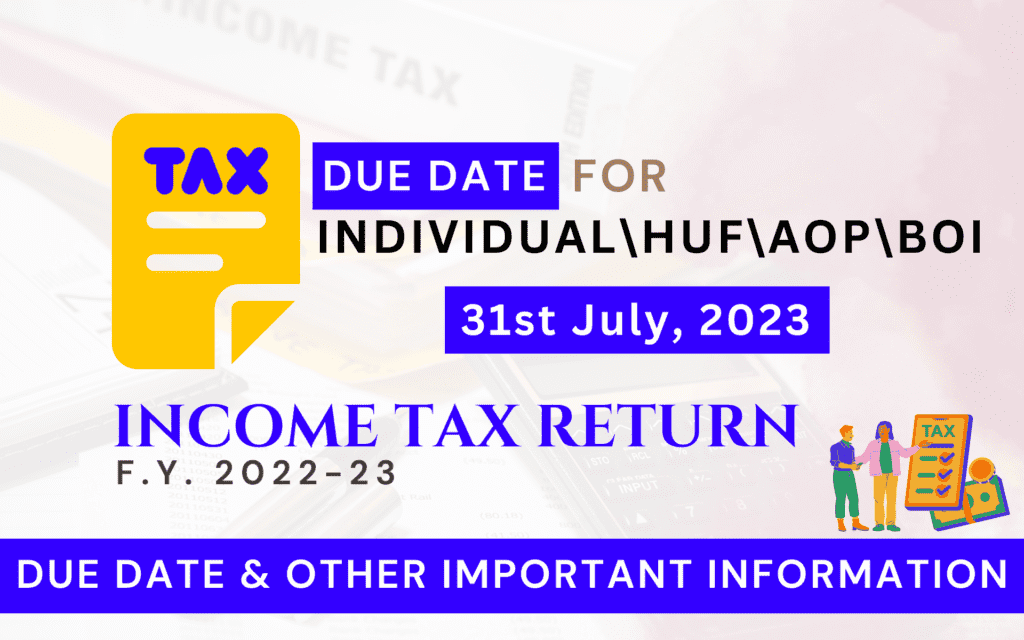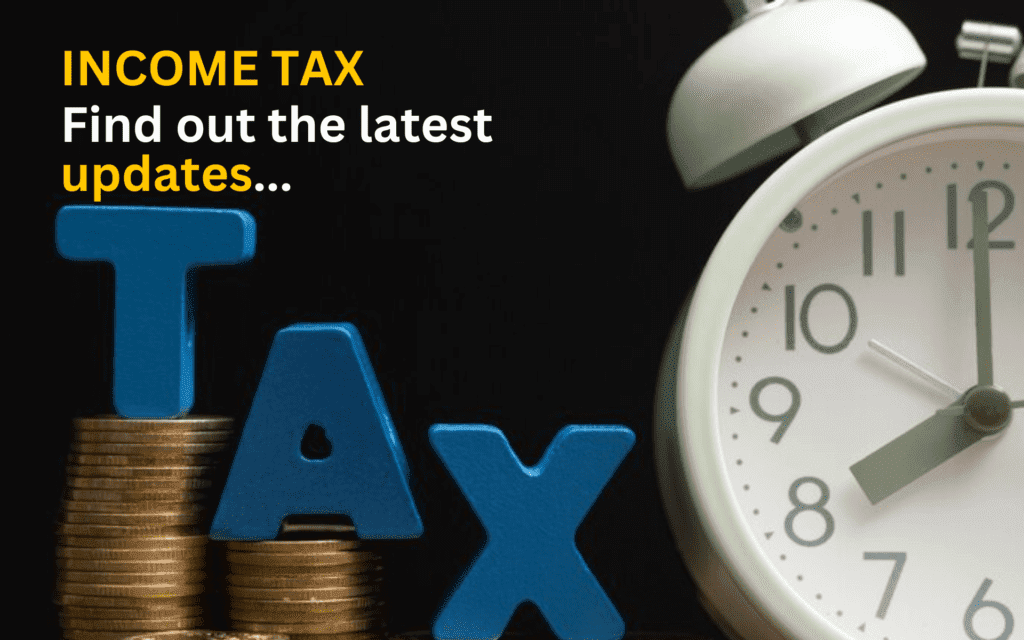WHAT IS INCOME TAX? Income Tax is a tax that impose by Government on business income and individuals Income over the course of a year. The first income tax was passed in India in 1860 But it came in force in 1961.Income tax is a government revenue source of India. They use it for public service, pay government obligation and provide goods for citizen. There are two types of Tax. Direct Tax Indirect Tax Direct TaxDirect Tax is a Tax which is directly impose on individuals and organization. In other words, Direct tax is a type of tax where the incident and impact of taxation fall on the same entity. The burden of tax can not be shifted by the taxpayer to someone else. In United State, Direct tax based on Ability to pay principle. This principle states that those who have many sources of income and earn higher income from the same sources should be levied to pay higher Tax. Here are some examples: Real property Tax, Personal property Tax, Tax on asset. Direct tax benefits Promotes certainty.The good thing about direct taxes is that they are determined and made final before they are even paid. In the case of income tax, the annual tax is the same every year as long as the salary does not change. Promotes elasticityTaxes are the earnings of the government, and when they fluctuate, the earnings also change. They can go higher or lower. Indirect TaxIndirect Tax a tax which burden of tax can be shifted by the taxpayer to someone else. In other words, Indirect tax is a type of tax that passed on to another individual or entity. Example: The sellers are required to buy these taxes to the government, but seller sell goods to costumer, so they pass the burden of tax to costumer. Indirect Tax examples: Service tax, GST (Good and service tax), custom duty. Benefits of Indirect Tax. Limit harmful consumptionProducts that is harmful for health like wine, Tabacco etc. These products include higher tax, therefor these products become expensive so, the high cost of product helps to reduce consumption. Easy collectionThe collection of all these taxes generates automatically during the sale and purchase of any good and service. This helps the authority to collect taxes easily while reducing the position of tax envision. ConvenientIt is not a typical as income tax. While calculating income, we have to go through all the five head .it should include all the earning you have made from all these heads. This is why people often evade income tax, but indirect tax is easy to calculate because, these are collected on point of sales and purchase. Different types of Taxable Income Income from salary Income from House property Income from business Income from capital gain Income from other sources Who can pay Income Tax? Under existing rules of the IT Act, any individual/business with income irrespective of the amount earned is liable to file income tax returns. But, currently tax on income is payable only if the net taxable income for a fiscal exceeds Rs. 2.5 lakh. In other words, if you earned income that more than 2.5 lakhs in a previous year so you are eligible to pay tax (in case of Individual). Individual or any body earns then they are liable to pay tax. The following are the key types of individuals and entities who are liable to pay tax provided their net taxable income for FY 2023-24 exceeds the prescribed limit: Salaried person Self employed person Self-employed professional Hindu undivided family Body of individuals Association of person Company and Corporate Firm Local Authority Benefits of filing Income Tax return Easy Loan approvalITR makes loan process easy. If you file ITR of at least three consecutive years then it makes your process easy. Example: Home Loan, Car Loan, and personal Loan. Income ProofIt is most genuine evidence of your income. It has your detailed Information about your annual income and the tax you have paid is available on the ITR. If you have need to submit your income proof then it is one of the most – widely accepted Income proof. Quick Visa Processing.It makes your visa processing hassle free. The income and tax status are a necessary for international embassies so, if you are making plan to go foreign country then it will help you to make your process quick and easy. Claim tax refundYou can file Income Tax to claim your refund if you have paid higher than it was actual, so you can claim refund. When you file return then after verification, the tax department will deposit the refund directly on your bank account. Avoid penalties.Late filing of ITR causes penalties. If you file return every year before the due date, you can save yourself from penalties. File your return on time to avoid such penalties. So, these are some benefits of filing income tax. I know there are many more benefits of filing ITR but I mentioned few from them. Now let’s take a look on Income tax slab rate. We file return according Slab rate. so, I am mentioning slab rate below. In India Income tax applies to individual based on a slab rate. As income increases, the tax rate also increases. This type of tax is called progressive tax system. Let us take a look at all the slab rates applicable for FY 2022-23 (AY 2023-24) and FY 2023-24(AY 2024-25). Income Slabs New Tax Regime up to 2,50,000 Nil 2,50,000- 5,00,000 5% (Tax rebate U/s 87A is available) 5, 00,000-7,50,000 10% 7,50,000-10,00,000 15% 10,00,000-12,50,000 20% 12,50,000-15,00,000 25% >15,00,000 30%









